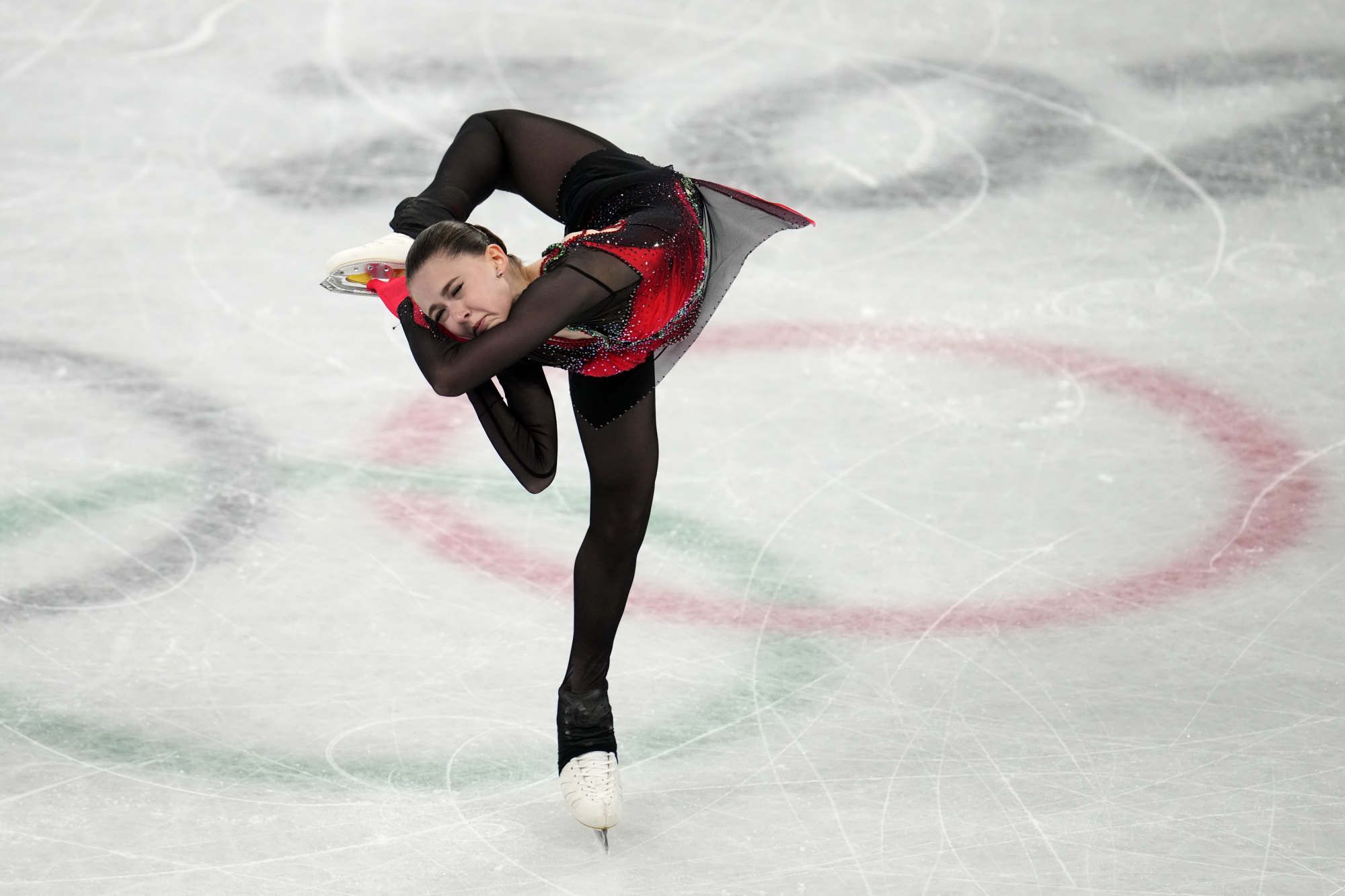
Global study of doping cases involving children highlights cases in Russia, India and China
- World Anti-Doping Agency releases results of 10-year study of more that 1,500 positive tests involving 1,400 minors
- Operation Refuge references three track and field athletes in China testing positive for stanozolol in 2021
A 10-year global study of positive doping tests by children and young teenagers showed most sanctions came from Russia, India, and China and in sports such as weightlifting, athletics, and cycling, the World Anti-Doping Agency has said.
Diuretics, stimulants and anabolic steroids were the most commonly found substances in more than 1,500 positive tests involving over 1,400 minors since 2012.
The youngest athlete tested was 8 years old and the youngest sanctioned in a doping case was a 12-year-old, Wada said in the “Operation Refuge” study.
“Operation Refuge reports in heartbreaking detail the deep trauma and isolation child athletes experience following a positive test and a doping sanction,” Ryan Pini, chairman of Wada’s athlete council, said in a statement.
The report cited the testimony of a female minor “who recalled the extreme pressure she and other female athletes felt from the male coaches to keep their weight down”.

“This pressure included an impossible expectation to slow down the effects of puberty because puberty would supposedly negatively impact their ability to compete,” the report added.
Wada said its intelligence and investigations unit analysed testing data of samples collected from minors since 2012. The investigators also received 58 alerts since 2018 on a confidential hotline that implicated minors in doping.
“Analysis of those disclosures revealed that the majority had originated from Russia and India, and that the most reported sports, globally, were aquatics and athletics,” the agency said.
In cases that reached a sanction, the most commonly found doping substance was the diuretic furosemide in Russia, the anabolic steroid stanozolol in India and clenbuterol in China, the report said.
In weightlifting cases, the most common substance was stanozolol, in track and field it was the endurance boosting hormone EPO and in cycling it was meldonium, Wada said. Meldonium is the heart medication most widely known for the doping case of Russian tennis star Maria Sharapova.
Wada said about 80 per cent of positive tests led to sanctions and others were for substances allowed for therapeutic use. Those included a stimulant for treating ADHD.
Some evidence suggested systematic doping, including multiple minors testing positive for the same substance in samples taken on the same day.
Wada highlighted a 2012 case of four boxers in Romania testing positive for furosemide; three track and field athletes in China testing positive for stanozolol in 2021; two Belarusian skaters testing positive for furosemide in 2022; and two Kazakh weightlifters testing positive for ostarine last year.
“Operation Refuge places a difficult but important issue into the spotlight,” said Günter Younger, Wada’s director of intelligence and investigations. “We are working towards ensuring that the experiences of those interviewed during this operation do not continue to repeat themselves.”

